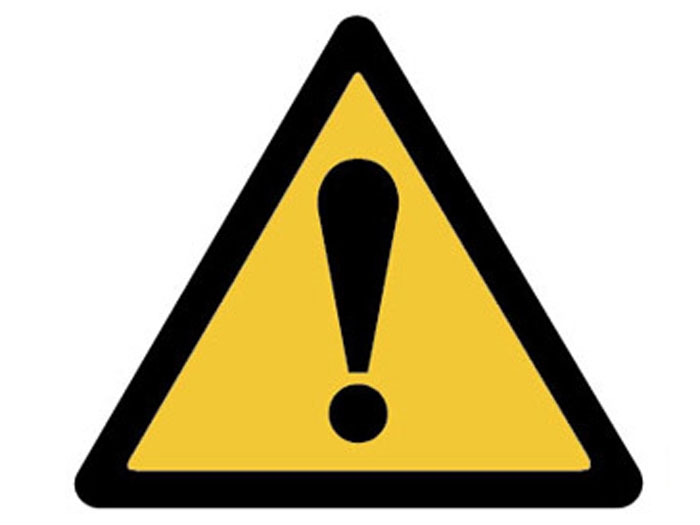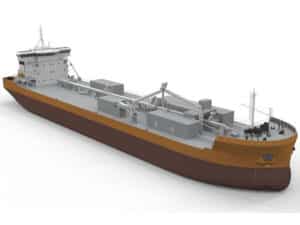
USCG warns on tank sampling dangers
Written by Nick Blenkey
JANUARY 10, 2014 — The U.S. Coast Guard has issued a safety alert on tank sampling dangers and an H2S threshold limit change that, it says, serves as a reminder to Coast Guard (CG) personnel and the maritime community of potential dangers during sampling of cargo tanks.
During a recent Port State Control (PSC) tank vessel examination, a Coast Guard member was exposed to a dangerous concentration of Hydrogen Sulfide (H2S) gas and suffered a serious injury.
The exposure occurred during a tank vessel exam onboard a tank vessel carrying Grade E Sour Crude. A PSC team requested a ship’s crew member check cargo tank oxygen levels using the ship’s portable gas meter. The crew member accessed the cargo tank via a deck sounding valve similar to the adjacent photo. When the valve was opened the pressurized cargo tank atmosphere escaped releasing inert gas and H2S vapors. During the evolution the personal gas meters of two individuals involved (one CG and one crew) alarmed for H2S. The CG officer whose alarm sounded was standing 1–2 feet downwind from the sounding valve. Within days the CG officer developed severe exposure symptoms consistent with H2S exposure. The other two CG officers involved were standing upwind. Afterward, one reported experiencing a minor headache.
OSHA notes that H2S is a colorless, flammable gas with a “rotten egg” smell that occurs naturally in crude petroleum. Even at low concentrations this heavier-than-air gas can irritate the eyes, nose, throat and respiratory system with effects delayed for hours or days. At higher concentrations, nausea, vomiting, headaches, dizziness, unconsciousness or death may occur. While the initial “rotten egg” odor is present, an individual may lose the ability to smell that gas after becoming exposed. Personal monitoring equipment is, therefore, vital to protect against exposure. An alarm on H2S constitutes an acute exposure and should trigger immediate evacuation and initiation of acute exposure procedures including medical attention.
Prior to using portable gas monitoring equipment, personnel should familiarize themselves with ISGOTT Section 11.8 and safe work practices for conducting or witnessing these tests.
ISGOTT recommends when sampling tanks personnel should stand perpendicular to the wind to avoid being downwind or upwind and creating eddies. When monitoring cargo tank atmospheres, all personnel should exercise diligence and great care. In all cases, personnel should completely assess the risks, to include the cargo type, tank pressure, venting arrangements, wind direction/speed and condition of the testing equipment. When H2S is suspected to be present, ISGOTT Section 2.3.6.5 recommends that a self contained breathing apparatus (SCBA) be worn if it is necessary to breach the integrity of the cargo system and if a vapor free atmosphere cannot be guaranteed.
The American Conference of Governmental Industrial Hygienists recently reduced the H2S dangerous threshold limit value from 2 parts per million (ppm) to 1 ppm.
As a result the Coast Guard strongly recommends that those involved in cargo tank sampling or atmosphere testing:
- Be familiar with and adhere to ISGOTT safe work practices.
- Assess personnel risks.
- Don appropriate personal protection equipment including gas monitoring detectors, respirator or SCBA.
- If gas monitoring detectors are used ensure:
-
- – detectors are maintained and properly calibrated
- – alarm settings values are properly set
- Be aware and familiar with the hazards of the cargos involved as well as exposure indicators and emergency response procedures.





Leave a Reply
You must be logged in to post a comment.